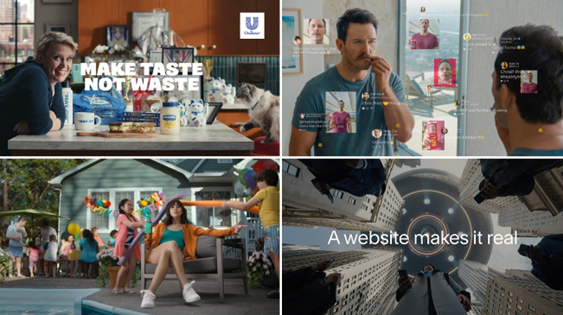
 Much has been written lately about the dangers of AI, for it’s the only human pursuit where we could design ourselves into obsolescence. After all, if an A.I. emerges that exceeds our own intellectual abilities, it could adopt objectives that don’t mesh with our own, or worse conflict.
Much has been written lately about the dangers of AI, for it’s the only human pursuit where we could design ourselves into obsolescence. After all, if an A.I. emerges that exceeds our own intellectual abilities, it could adopt objectives that don’t mesh with our own, or worse conflict.
Many have called for caution. From Stephen Hawking and Bill Gates, to Elon Musk and Steve Wozniak, the message is clear – danger ahead!
Fine… so, now what? Do those sounding the alarm think A.I. research will stop? Has there ever been a technology that people have shied away from as just too dangerous? Unfortunately not.
Knowing that a super-intelligent A.I. could emerge in the not so distant future, and that such an advancement poses an existential threat to humanity, what should we do?
My personal path has been to push for a new kind of A.I. that keeps people in the loop. We call it a Collaborative A.I. and instead of using pure software as the basic building blocks, it uses groups of people as the foundation, pooling their thoughts and ideas in real time.
The goal of Collaborative A.I. is simple: to empower groups to combine their wisdom and achieve a level of intelligence that surpasses our individual abilities. But unlike a pure A.I., the resulting super-intelligence is not a replacement of human sensibilities, but a direct expression of them.
For those who wonder if Collaborative A.I. is positive direction, I have two thoughts to share. First, collaborative intelligence may be our best path to stay competitive against pure software AIs. Second, collaborative intelligence is actually as natural as the birds and the bees. After all, birds flock and bees swarm for the same reason – to empower groups to reach new levels of performance.
The question is, can we humans benefit by pooling our intelligence? Of course we can, but I’m not talking about crowd sourcing or prediction markets. I’m talking about forging real-time dynamic systems that allow groups of networked users to function as a unified emergent intellect. We call the process “social swarming” and it’s very promising.
Those following our blog know that Unanimous A.I has been testing “social swarms” for a while now, using our UNU platform. You also know that by using UNU, we’ve had groups of beta users make remarkably accurate predictions for the Golden Globes, the Oscars, the NFL playoffs, and the Super Bowl. (See results)
More recently, Unanimous A.I. has been testing the other side of the equation – the ability of “social swarms” to express human views and opinions. Of course, each social swarm is a unique entity, it’s emergent opinions depending entirely on the makeup of the users who comprise it. But that’s exactly what we want, for every Collaborative A.I. should have a unique and distinct personality.
This week we tested a Collaborative A.I. using a group of college students as the underlying social swarm. We asked the swarm a simple question – what’s the best flavor of ice cream. Rather than just tell you the answer, we can show thought process that the swarm engaged in.
The video below shows the data generated by the social swarm in real-time, modeled as a singular animated entity. You can see the deliberation and conclusion, all in 12 seconds:
If you’d like to see a HIGH RESOLUTION version of the replay above, you can access the actual replay data by clicking here. It’s very cool.
WANT TO TRY UNU? To take part in one of our many upcoming swarms, you can join the growing community of UNU beta testers by clicking here.
WANT TO LEARN MORE? You can read about social swarming by clicking here.


